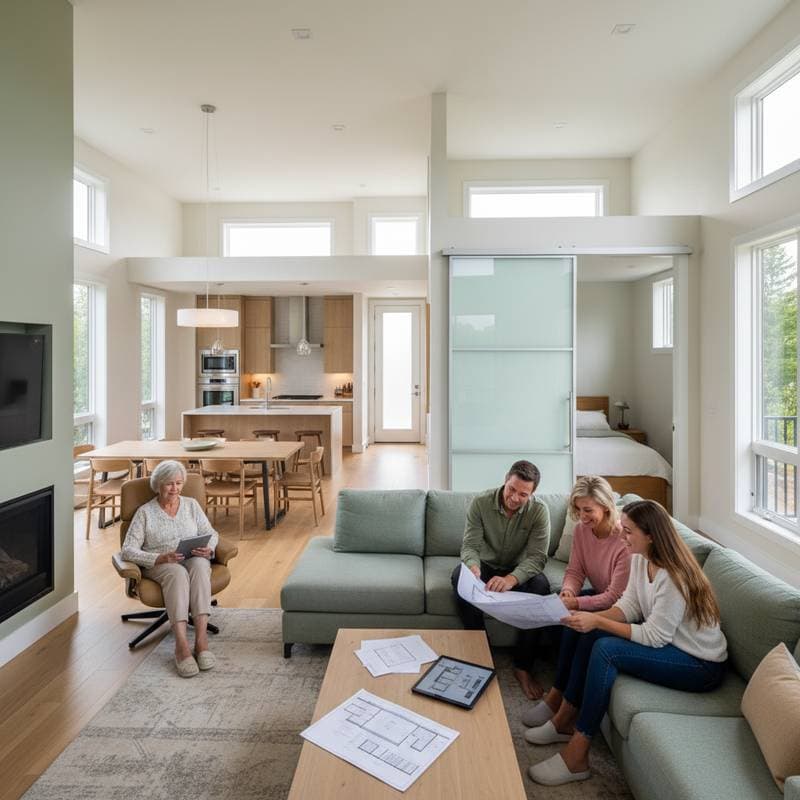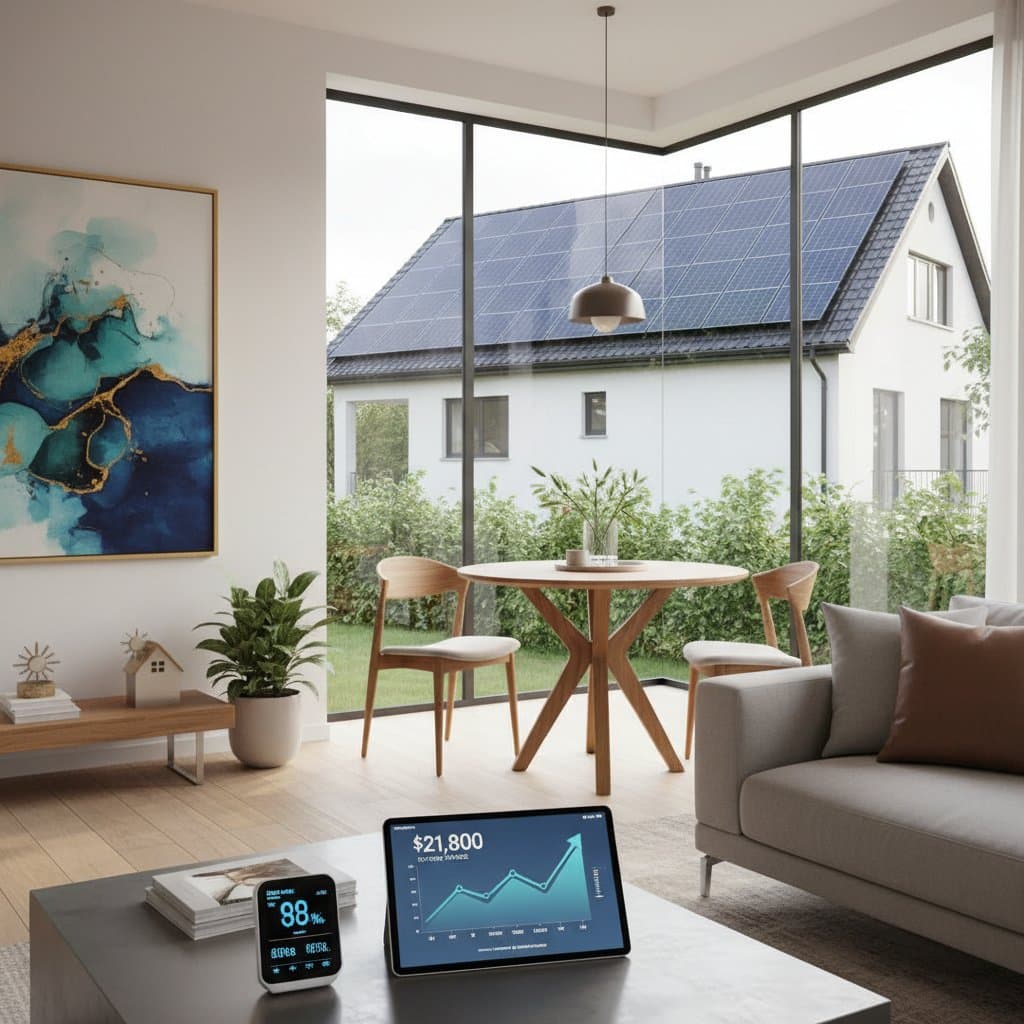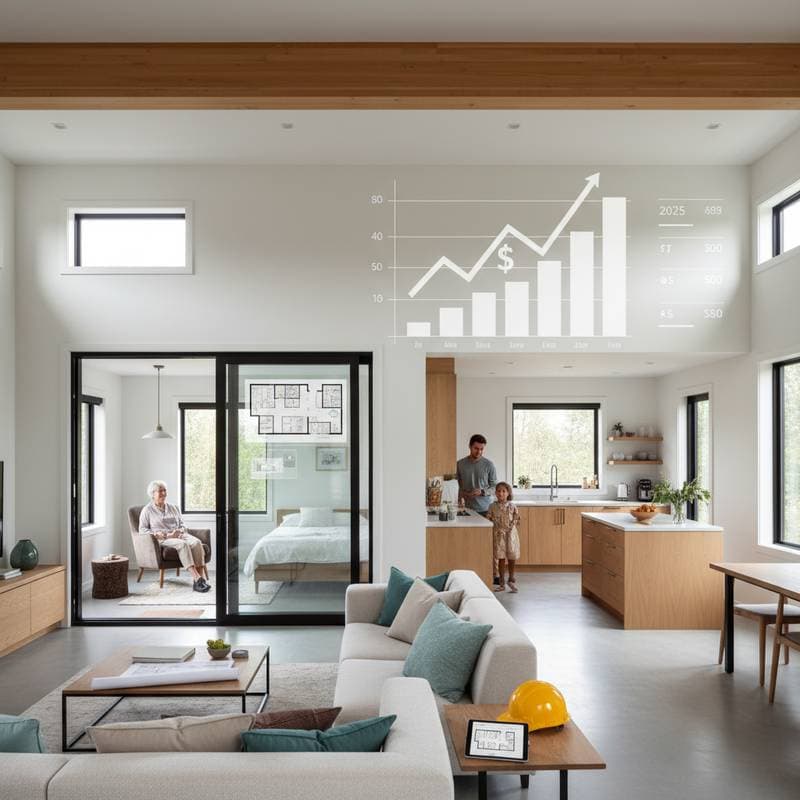Outdoor Kitchens in 2025: Costs Versus Actual ROI
Outdoor kitchens evolve from optional luxuries to essential backyard hubs. Homeowners view them as practical enhancements that extend living spaces. However, beneath polished surfaces and durable appliances hides a multifaceted financial picture. Grasping total costs, investment returns, and sustained responsibilities proves vital before launching a project that may exceed $50,000. This breakdown covers the economic terrain from initial planning through extended care, spotlighting gains and risks that affect net worth.
What Constitutes an Outdoor Kitchen
An outdoor kitchen surpasses a simple grill station. It features unified zones for cooking, prep, and storage suited to varied weather. Standard elements encompass embedded grills, work surfaces, chillers, faucets, and occasionally wood-fired ovens or smokers. Premium versions add resilient storage, seating counters, and illumination setups. Material selections and inclusions drive expenses and longevity.
Full setups demand these components:
- Foundation work for patios or platforms.
- Hookups for fuel, plumbing, and power.
- Placement of climate-resistant devices.
- Surface treatments like rock, ceramic, or synthetic options.
- Regulatory approvals and checks per local standards.
Each element introduces price fluctuations. Bypassing expert advice in early stages frequently triggers costly fixes down the line.
Breaking Down the Cost Components
Prices for outdoor kitchens fluctuate significantly by size, substances, and region. Entry-level configurations begin affordably, while comprehensive builds climb into tens of thousands. Initial quotes seldom encompass every outlay, so dissect elements individually.
| Cost Category | Typical Range | Key Factors |
|---|---|---|
| Site prep | $1,000–$5,000 | Leveling, runoff control, base build |
| Utility lines | $2,000–$8,000 | Run length from home, compliance rules |
| Appliances | $2,500–$15,000 | All-weather grills, coolers, basins |
| Surfaces and storage | $3,000–$10,000 | Fabric impacts price sharply |
| Installation and fees | $2,000–$7,000 | Local rates, project intricacy |
| Overall estimate | $10,500–$45,000+ | Excludes extras like greenery or heat |
Budget planners add 10–15% buffer for surprises or enhancements.
Step-by-Step Build Process
Erecting an outdoor kitchen adheres to a standard progression. Knowing phases curbs delays and budget swells.
- Consultation phase: Discuss objectives, constraints, and funds with specialists. Choices here set utility demands and adaptability.
- Assessment: Experts review runoff, terrain, and utility paths. Ground firmness and building nearness influence safety and expense.
- Planning and clearance: Drafts detail specs; secure needed approvals.
- Building phase: Start with bases, then lines and frames. Install devices and finishes last to shield from elements.
- Verification: Test fuel, power, and water for compliance. Fix issues pre-approval.
- Care setup: Owners handle regular upkeep to sustain efficiency.
Overlooking checks or hiring unqualified workers risks warranty loss and hazards that diminish asset worth.
Warranty Restrictions and Exclusions
Warranties for outdoor kitchens seem broad yet harbor key caveats. Makers protect against flaws only under precise setup conditions. Exclusions often cover weather erosion, rust, and faulty care. Surface protections skip breaks from heat cycles or poor barriers. Installation guarantees limit to brief starts.
Scrutinize these before contracts:
- Prior site flaws like poor drainage.
- Non-expert assembly.
- Elemental harm from brine, freezes, or sun.
- Care oversights such as unsealed stone or uncleaned parts.
- Add-on omissions for lights or audio.
Providers may reject fixes on these grounds. Records of pro care and proper setup bolster claims.
Ongoing Financial Impacts
Upfront spends represent just the start. Outdoor kitchens incur persistent costs that shape genuine ROI. These span resource use, periodic care, and part swaps.
Recurring Expenses
- Resources: Fuel pipes and circuits raise bills; some need special circuits or tank refills.
- Protection: Seal rock and cement every 1–2 years against stains and splits.
- Device care: Swap parts like igniters or seals, costing hundreds yearly for active use.
- Coverage shifts: Added features may hike home policy rates.
Assessing ROI Long-Term
Real estate insights indicate 55–70% cost recovery on sale, varying by area, build caliber, and trends. Milder zones yield better since spaces stay viable longer. Integration with home aesthetics trumps isolated features for value.
Framework for Sound Choices
A structured evaluation clarifies if an outdoor kitchen fits finances. Weigh these five aspects.
- Use patterns: Project yearly activity. Sparse sessions question high-end outlays.
- Weather exposure: Gauge heat, moisture, or coastal effects that hasten decay and care needs.
- Home context: Match spend to local averages; excess rarely pays off.
- Fund room: Reserve for surprises like line shifts.
- Future outlook: Short ownership favors basics; long holds suit durable picks.
This method syncs scope with feasible aims.
Safeguarding Against Risks
Outdoor projects draw skilled and shady operators alike. Due care protects funds. Confirm credentials, coverage, and past work. Demand broken-down quotes for work, goods, and subs. Shun fuzzy totals.
Warning Signs
- Steep cuts for quick yeses.
- Vague material lists.
- Big advances pre-approvals.
- Absent warranty writings.
Log all pacts and timelines. Disputes resolve via agencies or courts with solid proof.
Provider Tiers and Selections
Options range from bare builds to full care. Match levels to needs for cost-value balance.
| Tier | Scope | Price Band | Pros/Cons |
|---|---|---|---|
| Basic | Build alone | Entry-level | Owner handles care; lower start |
| Complete | Plan, erect, basic guarantee | Mid-range | Eases oversight |
| Full Care | Plus yearly checks and cleans | Add-on fee | Cuts failure risks |
Packages cost more upfront but trim lifetime outlays via prevention.
Upkeep Duties for Sustained Value
All outdoor kitchens need regular attention to preserve utility and look. Ignoring basics speeds decline and bills.
Core Routines
- Seal surfaces yearly per guidelines.
- Inspect devices for leaks and alignments.
- Clear drains to avoid floods.
- Apply covers in off-seasons.
- Refresh seals against leaks.
Steady habits extend life and aid sales.
Funding Pathways
Finance via equity draws, build loans, or payment plans. Equity options rate low but need asset backing. Unsecured paths approve quick at higher costs. Provider plans add fees or penalties.
Check:
- Full interest over term.
- Refi limits.
- Property ties.
- Score hits from checks or lapses.
Align funding with ROI projections for net gain.
Securing Superior Results
Standards start with picks and supervision. Seek spec sheets for all. Verify outdoor suitability across parts. Follow maker setup rules for coverage.
Inspect builds at stages; photo for records. Post-finish, store manuals and proofs. These boost resale and ease future tasks.
Strategies to Boost Returns
Align designs with habits for frequent joy. Select resilient materials suited to locale. Partner with vetted pros for seamless execution. Plan upkeep budgets early to sidestep surprises. These steps transform your outdoor kitchen into a lasting asset that elevates lifestyle and property worth.



